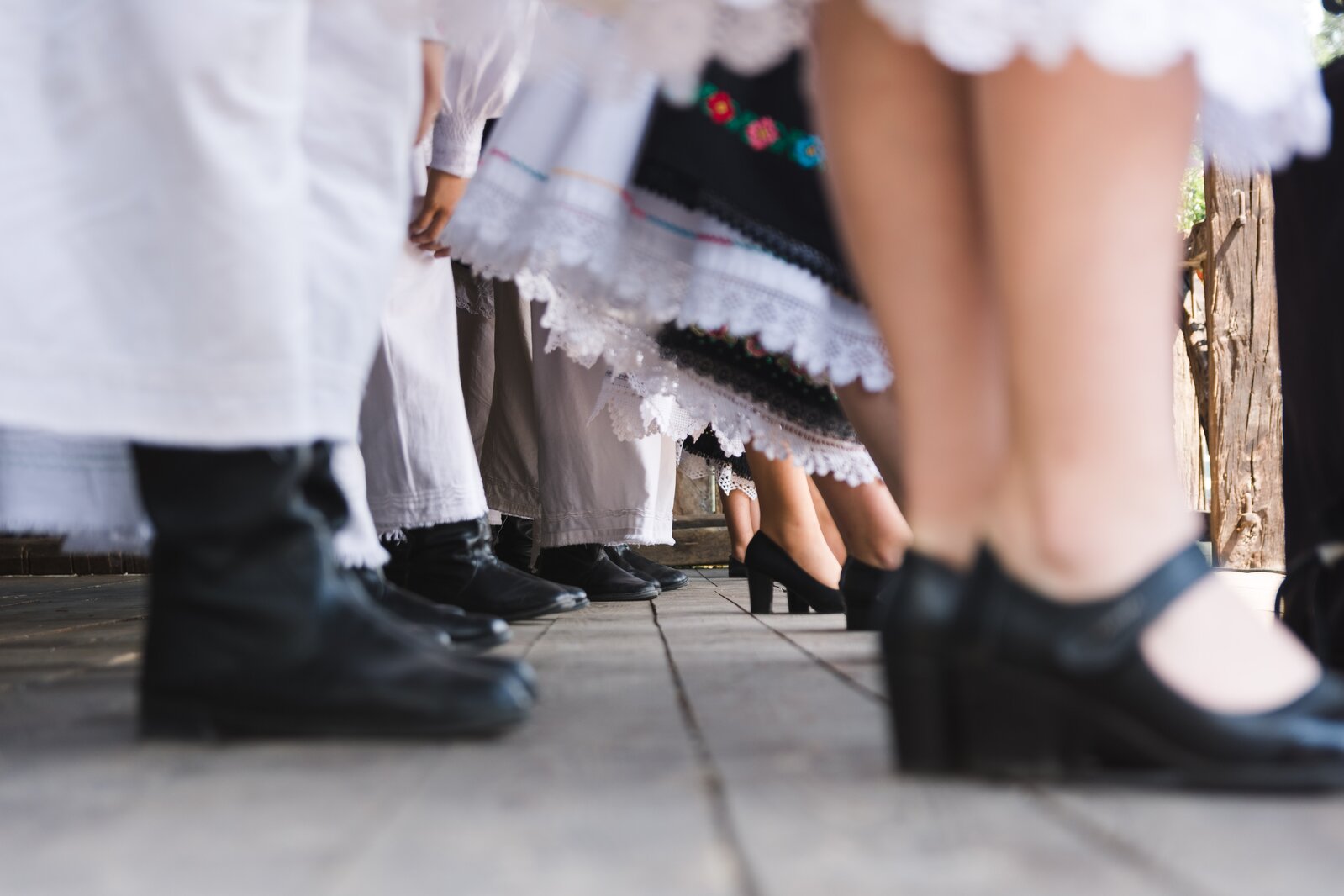Litér Folk Dance


Litér Folk Dance started in 1959 under the leadership of Pálné Ertl, a Hungarian Golden Cross of Merit, Tree of Life Award-winning folk dance teacher. For more than 6 decades, hundreds of students have participated in the work of the folk dance group for 3 generations. The students, children and adults alike, are introduced to the diverse world of folk dance, folk music, folk traditions and folk crafts. In addition to learning the dances of different regions, they are enriched with a significant knowledge of folk talisman, ethnography, traditions and customs, thus not only their knowledge but also their Hungarian consciousness and patriotism are formed. Litér Folk Dance currently includes three ensembles, where not only the inhabitants of Litér Municipality, but also the folk dance-loving inhabitants of the neighbouring villages dance and learn according to their age. They also maintain contacts with dance groups and ensembles from abroad. The association and the teachers who teach in the association can boast of several prestigious awards and distinctions, such as Katalin Pintér, a folk dance teacher, who was awarded the title of Knight of Hungarian Culture, and Sándor Szabó, a Young Master of Folk Art, who received the Pro Comitatu Award of Veszprém County in 2024, The Litér Green Branch Cultural Association received the Veszprém County Comitatu Award in 1994, the Csokonai Vitéz Mihály Community Award in 2009 and the Golden Lion Award in 2024 from the Municipality of Litér. The most important task of the association is to present the values of Hungarian folk dance traditions, folk customs and folk culture to the three generations, from grandchildren to grandparents, at joint events. With these in mind, it plans and organises its programmes, as exemplified by its performance at the opening of the ECoC 2023 in January. For decades, the programmes have involved the inhabitants of Litér, dancers from neighbouring villages and people interested in folk art, with the help of local institutions, which provide not only space but also publicity.

